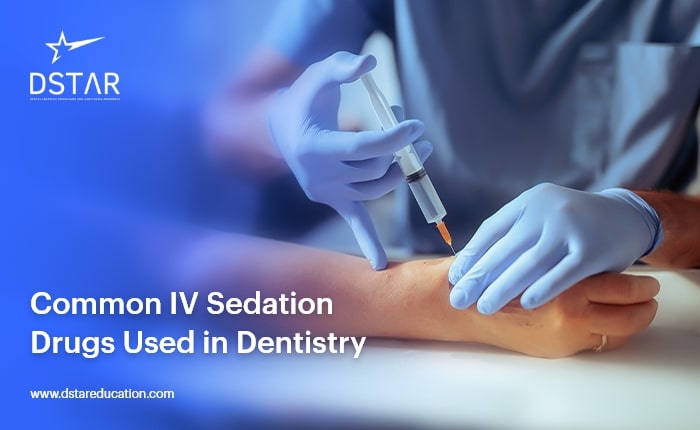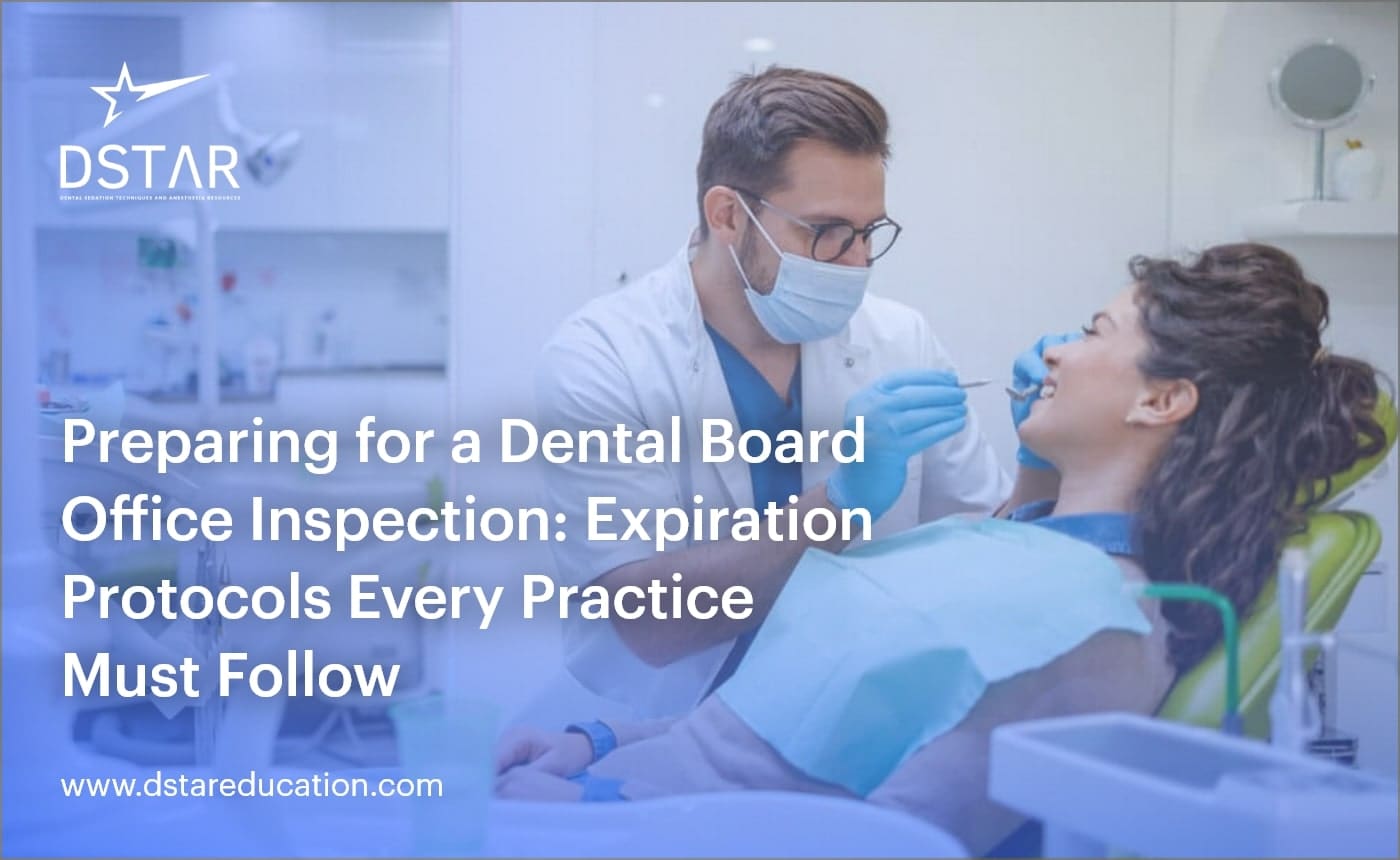As dental professionals, we understand the significant anxiety many patients feel when undergoing dental treatments. Studies show that up to 36% of the population suffers from dental anxiety, with 12% experiencing extreme dental fear that may result in avoiding necessary treatments. Sedation dentistry offers an effective solution, but it also introduces a unique set of responsibilities to maintain patient safety.
According to the American Dental Association, dental sedation procedures are generally safe when conducted by trained professionals who follow established guidelines. However, errors can still occur. For instance, improper dosage or lack of proper monitoring can lead to severe complications, including respiratory issues or, in extreme cases, death. The Dental Anesthesia Morbidity and Mortality study highlights that while rare, adverse events in sedation dentistry are often preventable with proper training and adherence to protocols.
Patient safety in sedation dentistry begins with a thorough understanding of each patient’s medical history and current health status. Research indicates that over 50% of adverse events in sedation cases are related to pre-existing conditions that were either undisclosed or not fully understood by the practitioner. A comprehensive pre-procedure assessment can mitigate many of these risks.
Here’s how you can create a safer, more comfortable experience for your patients during sedation procedures:
1. Comprehensive Pre-Procedure Assessment
Before performing any sedation procedure, conduct a thorough assessment of the patient’s medical history. Consider factors like existing medical conditions, allergies, and current medications. Tailoring the sedation plan to the patient’s health profile minimizes risks.
- Review medical history to identify any contraindications for sedation.
- Assess the patient’s anxiety level and discuss sedation options.
2. Continuous Dental Sedation Education
Continuous education is important for remaining informed on the latest sedation techniques. Dental sedation courses provide the knowledge needed to handle complex cases and ensure safe sedation practices.
- Enroll in advanced dental sedation education programs to refine your skills.
- Attend workshops on sedation dentistry to ensure currency with industry advancements.
3. Clear Communication with Patients
Clear, effective communication is key to patient comfort. Explain the sedation process in simple terms, addressing any concerns they might have. This transparency helps reduce anxiety and builds trust.
- Explain sedation options clearly, including benefits and risks.
- Provide detailed instructions for pre- and post-procedure care.
4. Adherence to Sedation Protocols
Strict adherence to sedation protocols is non-negotiable. Always use the correct dosage based on the patient’s age, weight, and the type of procedure. Monitoring the patient’s vital signs throughout the process is essential.
- Calibrate the dosage based on individual patient factors.
- Continuously monitor heart rate, oxygen levels, and blood pressure.
5. Emergency Preparedness
Preparation for emergencies is essential in sedation dentistry. Equip your practice with the necessary emergency tools and medications and ensure that all staff members are trained to handle potential complications.
- Have emergency equipment readily available.
- Train staff in emergency response protocols.
6. Post-Procedure Care and Monitoring
Post-sedation care is just as important as the procedure itself. After the procedure, monitor the patient until they are fully alert, and provide clear instructions for recovery at home.
- Observe patients until they regain full alertness.
- Give clear guidelines for post-procedure care.
7. Use the Appropriate Sedation Method
Choosing the right sedation method for each procedure is critical. Whether using minimal, moderate, or deep sedation, the level of sedation should match the complexity of the procedure and the patient’s comfort level.
- Select the appropriate sedation level based on patient needs and procedure type.
- Tailor sedation techniques to match individual patient anxiety levels.
To Sum it Up:
Improving patient comfort and safety during dental sedation procedures is not just about mastering technical skills; it’s about a holistic approach to patient care. By combining personalized treatment plans, continuous education, and strict adherence to safety protocols, you can create a dental experience that prioritizes both comfort and safety. Effective communication and emergency preparedness are vital in reducing the risks associated with sedation.
Investing in advanced dental sedation education equips you with the necessary knowledge to enhance patient care. As sedation dentistry continues to evolve, your commitment to these principles ensures that your practice remains a trusted and safe environment for every patient.
For dental sedation recertification, explore the advanced dental sedation courses available at DSTAR Education. The courses ensure you have the knowledge and skills needed to enhance patient safety and comfort. Visit our website to learn more about our dental sedation education offerings and how they can help you elevate your practice.
References
- American Dental Association. Guidelines for the Use of Sedation and General Anesthesia by Dentists. ADA Guidelines.
- National Institute of Health. Sedation in Dentistry: Patient Safety Measures. NIH Research.
- PGA Dentistry. Safety First: Ensuring Patient Well-being During Sedation. PGA Dentistry.
 Take Free TSBDE Anesthesia Jurisprudence Practice Exam Now!
Take Free TSBDE Anesthesia Jurisprudence Practice Exam Now!












